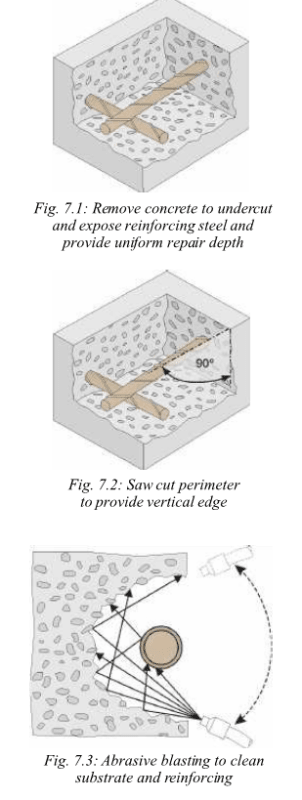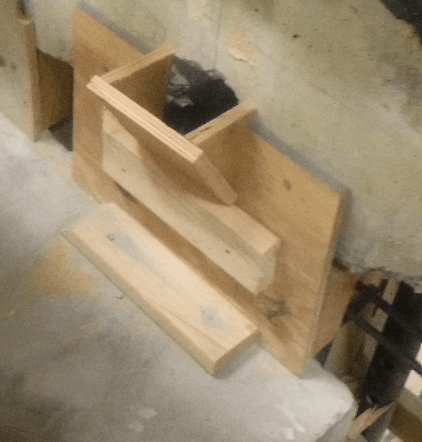Ingenuity said:
Like near impossible to source unless you need bulker bag quantities, and wish to wait a few weeks - especially in Hawaii.
You're correct. They used to only provide it in super sacks but it is now available in 60-lb prepackaged bags through Whitecap. Of course you would have to order it. It doesn't make sense for most jobs as there are other options that are readily available. WM doesn't have the name repertoire like CTS does.
Ingenuity said:
Also, interestingly I have found that with Western Materials CSA I have a tough time replicating in the field their published substrate bond values. Often times - even after near-perfect substrate prep - can only achieve <200 psi. Turns out that Western do a 'modified lab bond test' (not the typical ASTM bond test) using a 2" PVC tube and a threaded anchor rod with a center-hole ram - and such results seem to produce greater values than any field test that I have conducted, resulting in problems with special inspector's/owners when your field values do not 'come up to snuff'.
It certainly sounds like you've been on the opposing end of some of the overlay projects out here that went south. You are correct. They do use a modified bond test and not the standard ASTM C1583. I personally have issues with ASTM C1583. I had many projects where the Contractor or a 3rd party testing labs has huge issues performing it properly. Especially when the overlay/repair thickness is more than only 1.5". Rocking the core barrel, sloped substrate surfaces, pulling at an angle other than 90 degrees to the finish surface are all issues that seem to arise on every job I've been involved in. Not to mention the issues with epoxy cure time of the dolly/puck to the overlay/repair when the material needs to be tested within 3 hrs of placement.
CTS certainly makes some good products. I have been bred into a culture, however, that does not use them as there has been some biases formed over some specific performance criteria. One thing that is an issue is their latex modified concrete and the use of styrene-butadiene latex. It performs well, but unfortunately, nothing will bond to it... not even itself. Therefore, designing jobs that require construction joints can be painful.
milkshakelake, one thing that I think is important as the term repair concrete, repair mortar, non-shrink grout, etc. can all become mumbled in a discussion is that you are in the end looking for a product that has a positive net expansion after wet cure. The material should contain expansive admixtures such that at the end of 28 days it expands more than it shrinks. This is why pouring a normal weight concrete as a repair is not acceptable. This information is typically apparent on the material data sheet under the ASTM C157 test. If they don't have it, then it probably isn't an appropriate material for repairs. Non-shrink grouts have similar admixtures but are also not appropriate since they lack sufficient aggregate (typically only ground dust at best) to be durable enough to use as a repair material. The term "repair mortar" vs "repair concrete" really only indicates whether or not there is the presence of coarse aggregate. The term "neat" signifies that coarse aggregate is not present and you are using the material "as-is" provided by the manufacturer. "Extended" indicates that you will add a coarse aggregate (typically 3/8" pea gravel) to a neat mix. In addition, there are repair mortars that are either "modified" or not. Modified refers to the presence of a latex additive. Latex significantly improves bond and helps promote low chloride permeability. This additive may either be a separate liquid latex additive or be a dry latex added to the mix. Personally, I prefer the former. Hope this helps clarify some of the terminology.




